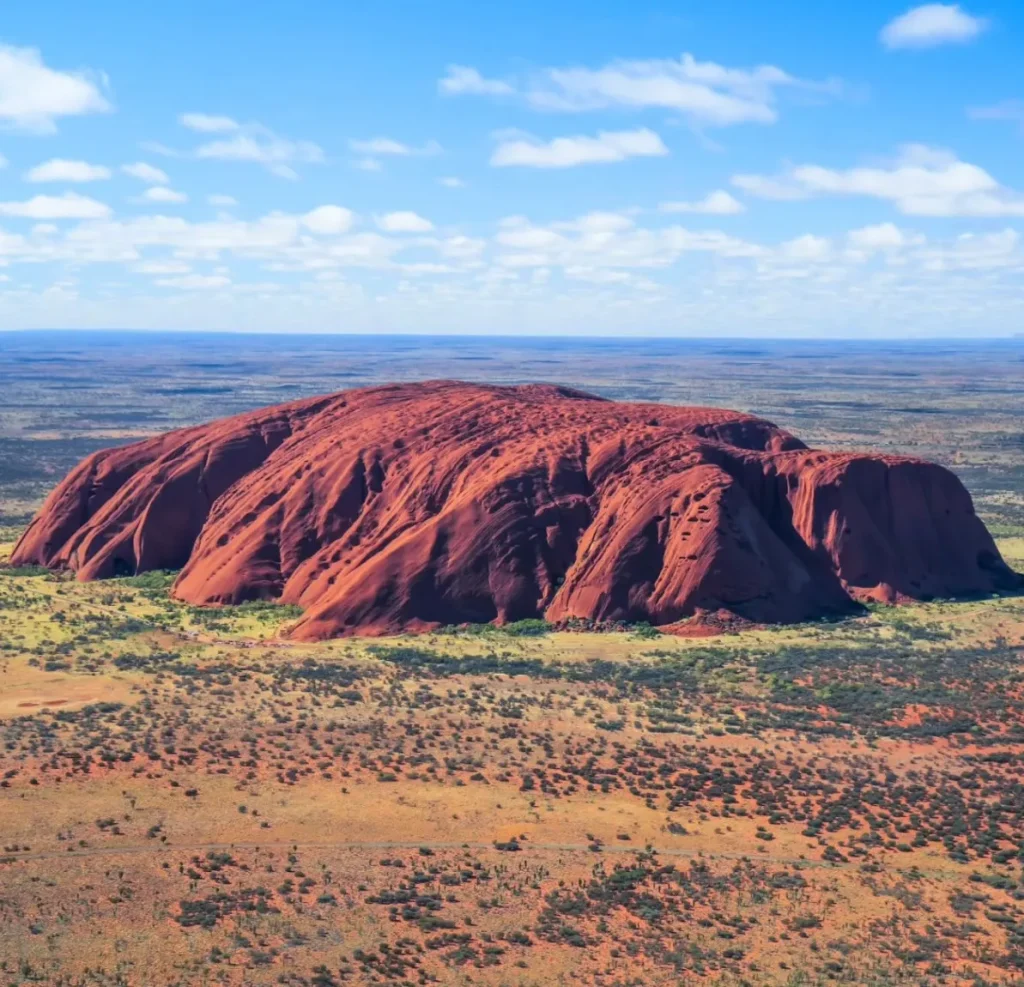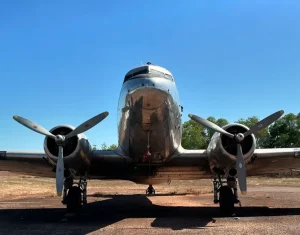For the Aboriginal people, Uluru is not only a natural spectacle but also a deeply spiritual and important cultural symbol, particularly for its traditional owners. This article uncovers relatively unknown aspects of Uluru as well as its environment to emphasize that visiting this place has much more to offer than seeing just another rock rise dramatically from an Australian desert floor. We will discuss unique activities, cultural insights and environmental marvels that make visiting this sacred site a multi-dimensional experience.
Uluru-Kata Tjuta National Park
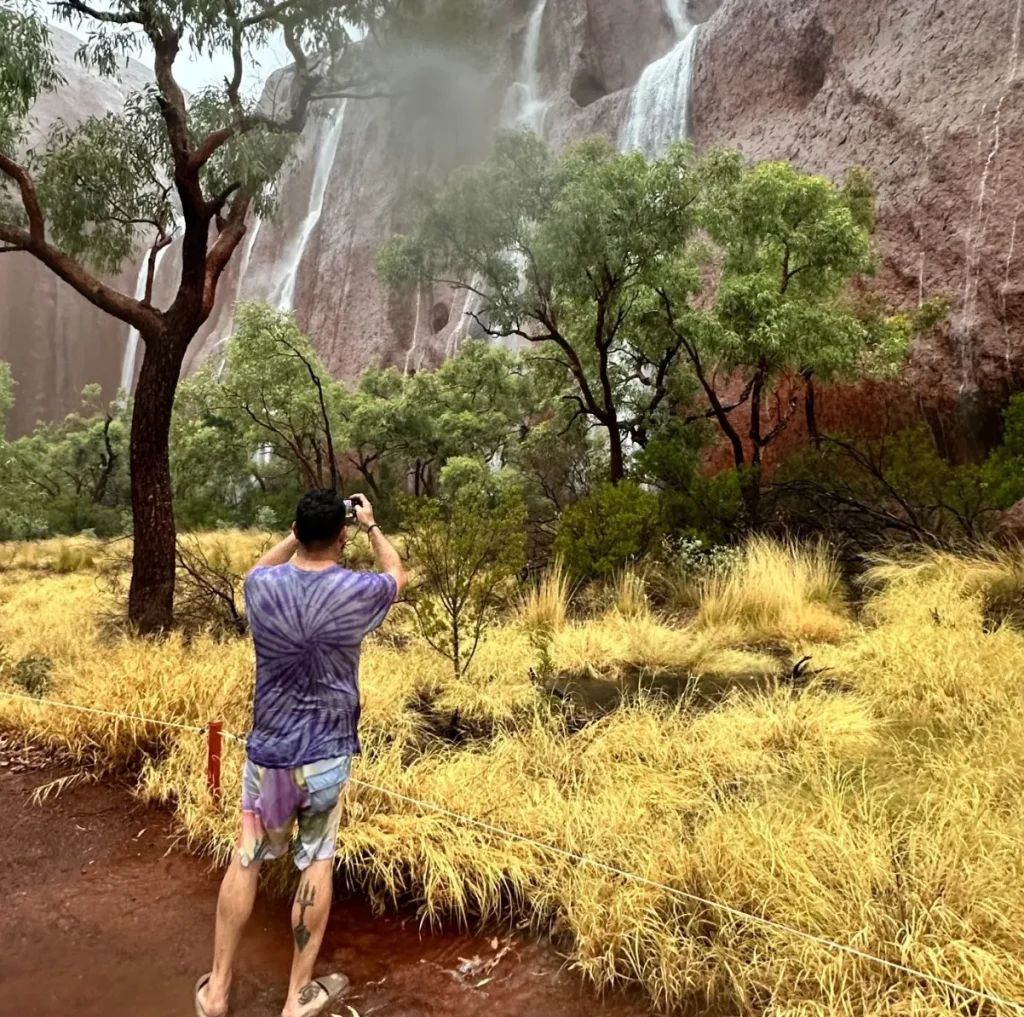
Uluru-Kata Tjuta National Park is managed through Parks Australia and the traditional custodians; it therefore epitomizes co-operative park management. This arrangement recognises the area’s cultural significance while maintaining its ecological integrity. As such, visitors are not only invited to view these amazing rocks but also participate in an ongoing story of cultural survival and connection to country.
Planning Your Visit
Visiting Uluru is not just about going on a day trip; it means coming face-to-face with ancient monoliths surrounded by landscapes which have been home for indigenous Australians for centuries upon centuries. The park is in a very remote location so you are required to think ahead concerning basic needs. Alice Springs, the nearest major town is approximately 450km away thus ensuring enough petrol and supplies should be topmost priority. The park itself has limited essential facilities including fuel station at Yulara and several accommodation options ranging from Ayers Rock Campground which is budget friendly to Outback Pioneer Lodge which offers more luxury amenities.
Essential Information
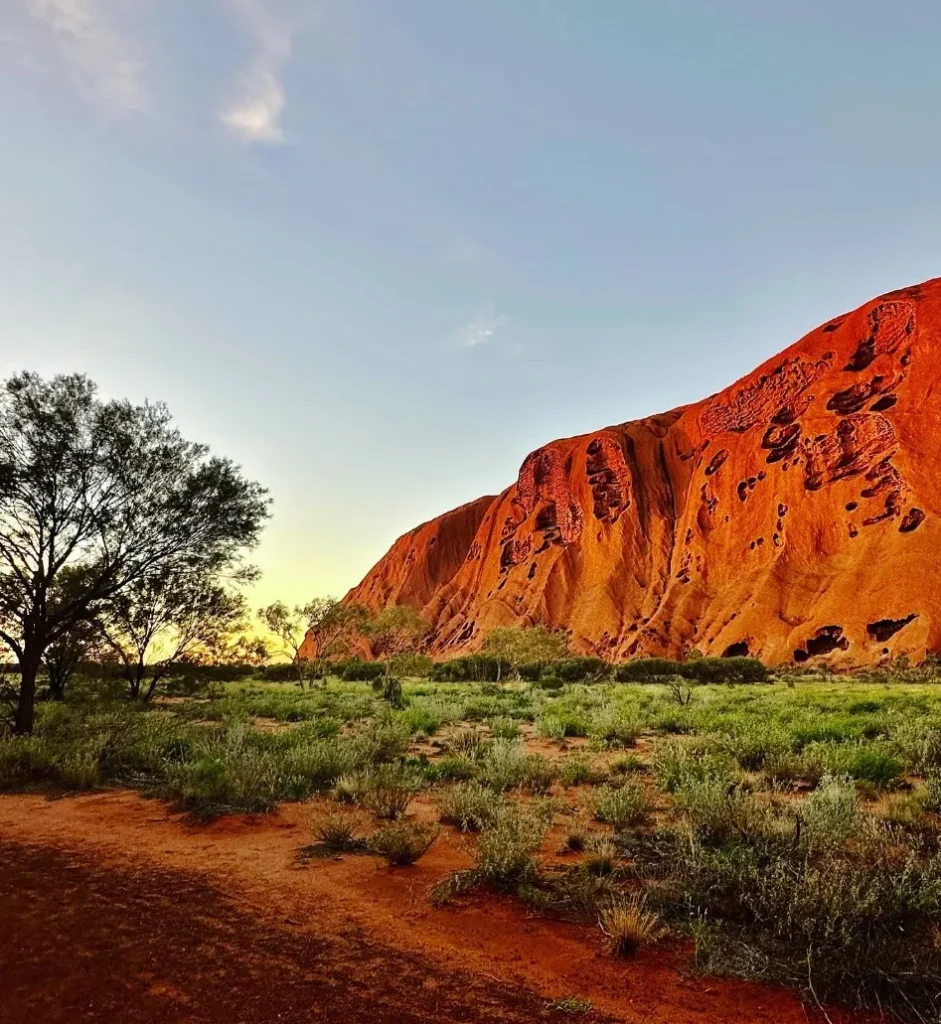
So, prior entering into the park one can stop over at Uluru-Kata Tjuta Cultural Centre where they can gain some insight into Anangu culture through talks and exhibitions. In addition, exact times for ranger-guided Uluru tour or cultural talks can help you plan your visit better
Camping Sites within the Park
Camping near Uluru gives you an authentic outback experience plus allows you to be right in the middle of this desert landscape. Ayers Rock Campground offers different options to cater for various needs with both powered and non-powered campsites that can accommodate anything from tents through large RVs. This includes a swimming pool, well-stocked souvenir shop as well as communal kitchen and barbecue facilities.
Enjoying the Raw Beauty
Staying overnight in the campground, you will witness spectacular sunsets and sunrises that bathe the land in beautiful hues of colour and shade, highlighting the stunning beauty of Australia’s desert wilderness at its most elemental.
What you will come across during Uluru Base Walk
A Complete Trip Around the Monolith
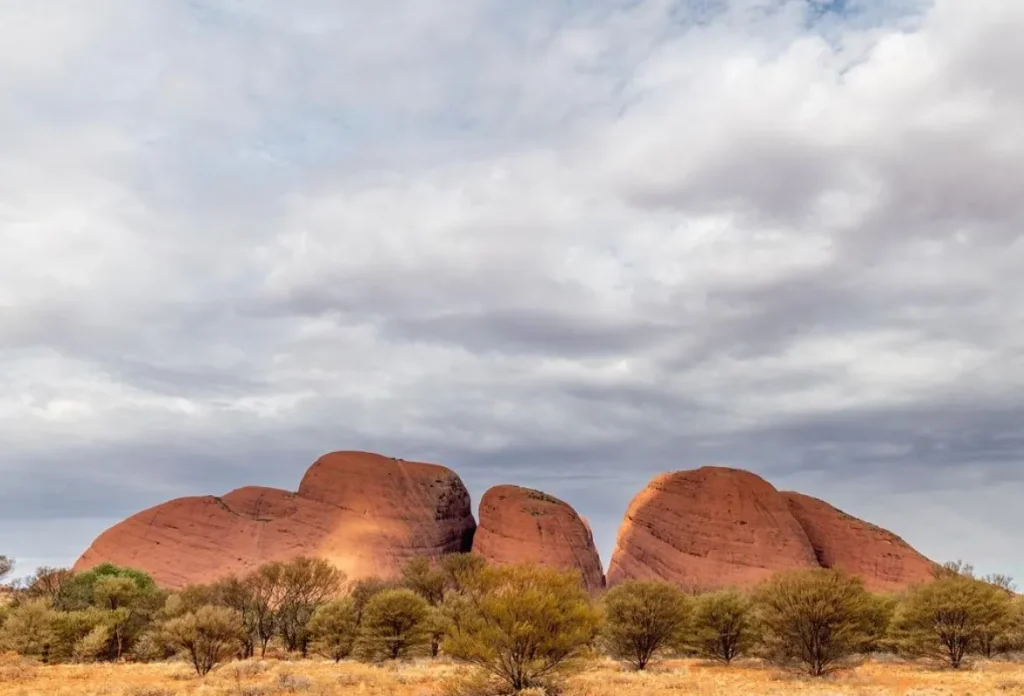
The Base Walk around Uluru possibly provides the best insight into how deeply meaningful these huge stones are. The 10.6 km circuit takes between 3 and 4 hours to complete with varying levels of difficulty, giving any kind of walker, from those walking on their leisure walks to serious hikers, enough room for them to have a personal experience. The trail takes tourists through different areas surrounding Uluru ranging from scrubby bushland to sandy dunes, thereby offering an opportunity to enjoy fully Australia’s outback which may be tough but still beautiful.
Observing Ancient Stone Paintings
There are artistic spots all over where ancient rock paintings give an insight into Aboriginal life and spirituality in central Australia. These decorations had no other purpose but to preserve traditions and customs passed down through generations. By looking at such art works, visitors can appreciate comprehensively structured Indigenous social systems and beliefs that have sustained human communities in this unforgiving environment for millennia.
Uluru by Sunrise
Metamorphosis
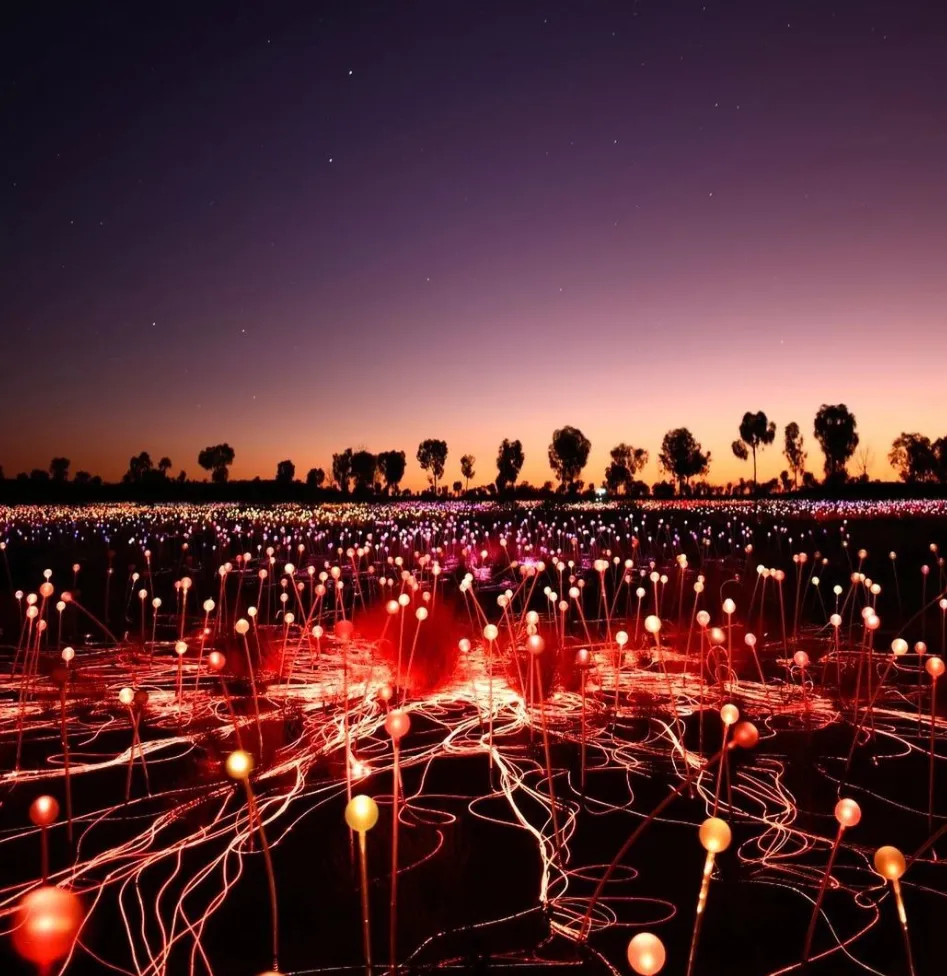
Watching Uluru light up at sunrise must be one of those moments that you’ll never forget as long as you live. In fact, when dawn breaks over the horizon, it gradually illuminates Uluru, changing its colour from deep maroon to bright orange and then into a striking red. This light performance is an everyday occurrence that fascinates photographers, spiritual seekers and ordinary tourists alike early in the morning. It also heralds a coolness that will be replaced by a harsh sun as the day progresses, making dawn hours the most ideal time for wandering.
Where to Watch Sunrise
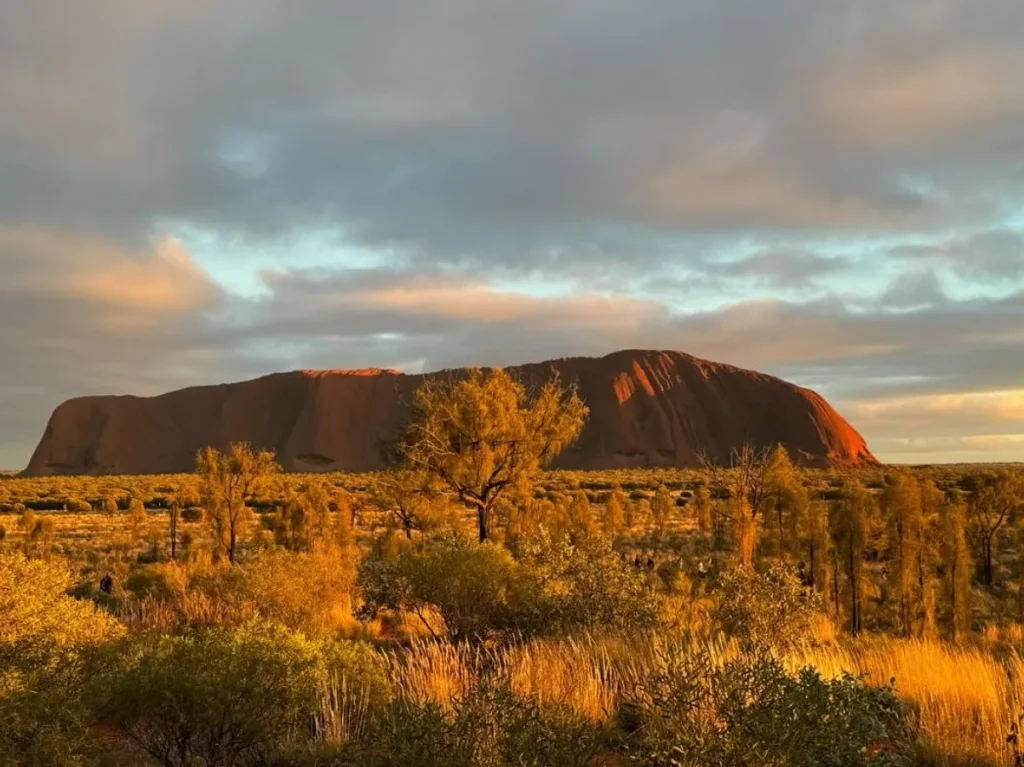
For sunrise, Talinguru Nyakunytjaku is the best spot. It is an area designed specifically for this purpose where one can view Uluru and Kata Tjuta’s far away domes without any obstructions. The viewing area includes a main platform plus multiple pathways and side platforms which are aimed at accommodating numerous viewers or those who prefer solitude. Arriving early will not only ensure you get prime position but allow some moments enjoying the serenity of waking up in desert with sounds of native birds or other animals which are there during dawns.
The Less Traveled Paths
Unmasking the Myths on Lungkata Trail
Lungkata trail allows a greater insight into Anangu’s customary law and legends. Named after their Blue Tongue Lizard man, it revolves around the themes of revenge and punishment in the Anangu society which are illustrated by the powerful narratives from local guides. While stepping along this trail, stories not only amuse but also teach about people’s obligations to one another within their community.
A Tour through Anangu Wars at Liru Walk
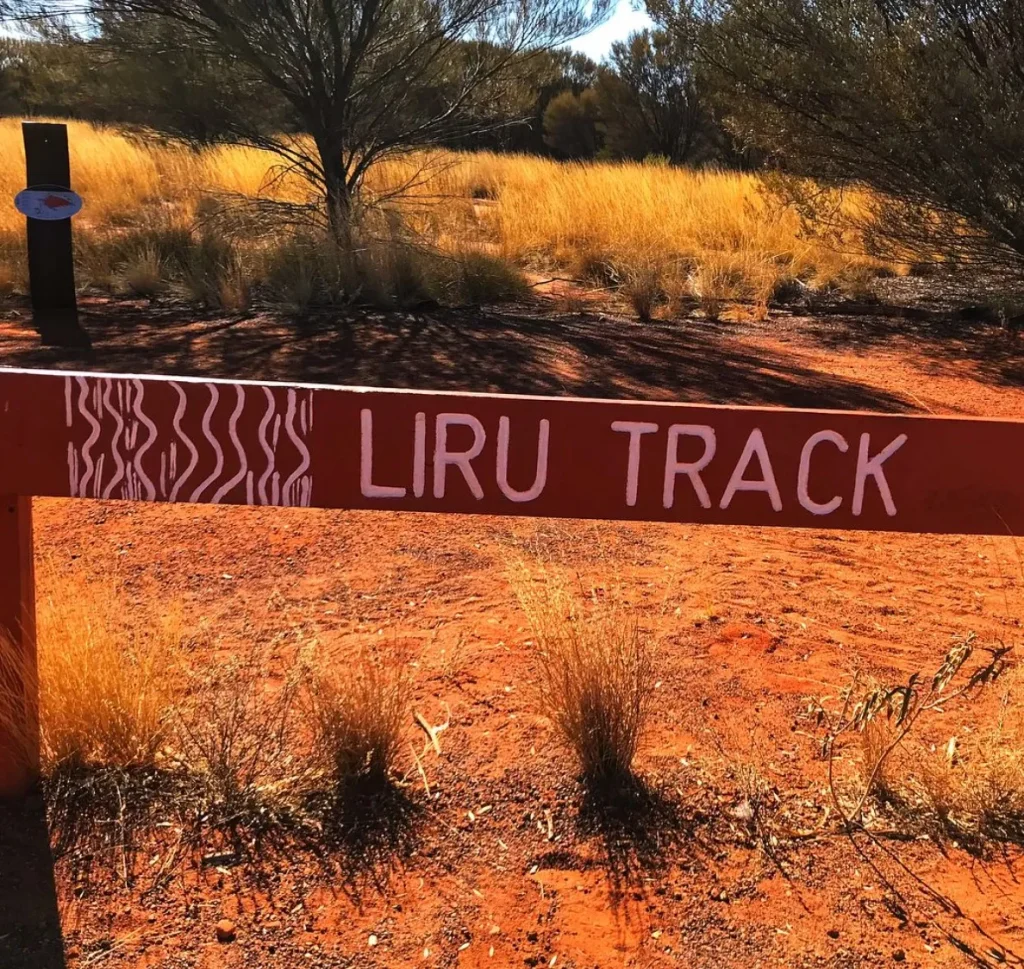
On another hand, Liru walk has a closer look at some of the violent aspects of Anangu history including those associated with Liru or poison snake-man. This pathway outlines how the Anangu used by nature’s physical features for defense purposes during wars. It is also a journey that glorifies both land and its inhabitants as well as explains how centuries-old wisdom can be turned into modern ways of life.
Join the Free Ranger-Guided Mala Walk
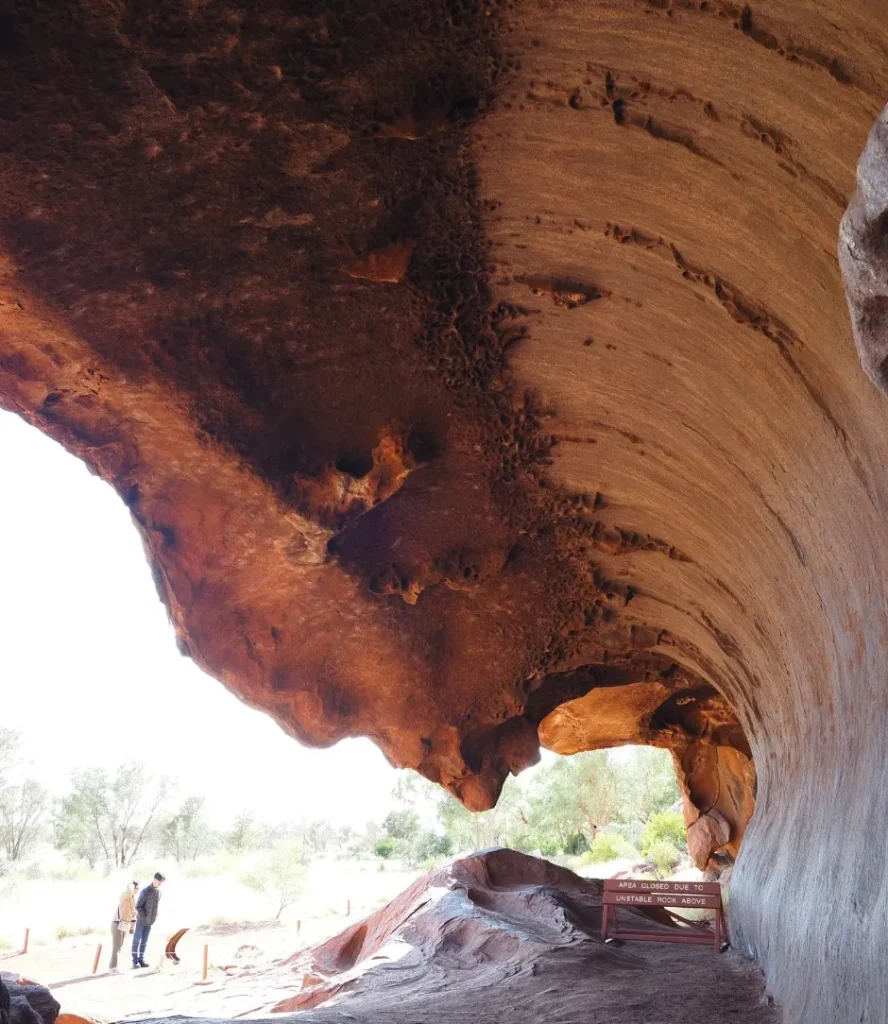
The Mala walk is a free event guided by informed park rangers which provides an opportunity to gain valuable insights into Aboriginal people’s way of life. The meaning behind rock art along this path is explained by rangers who tell tales about Mala (rufous hare-wallaby) people that reveal their ancient traditions together with strategies they used for survival purposes.
Uluru Waterholes Discovery
Mutitjulu Waterhole: A Sacred Location
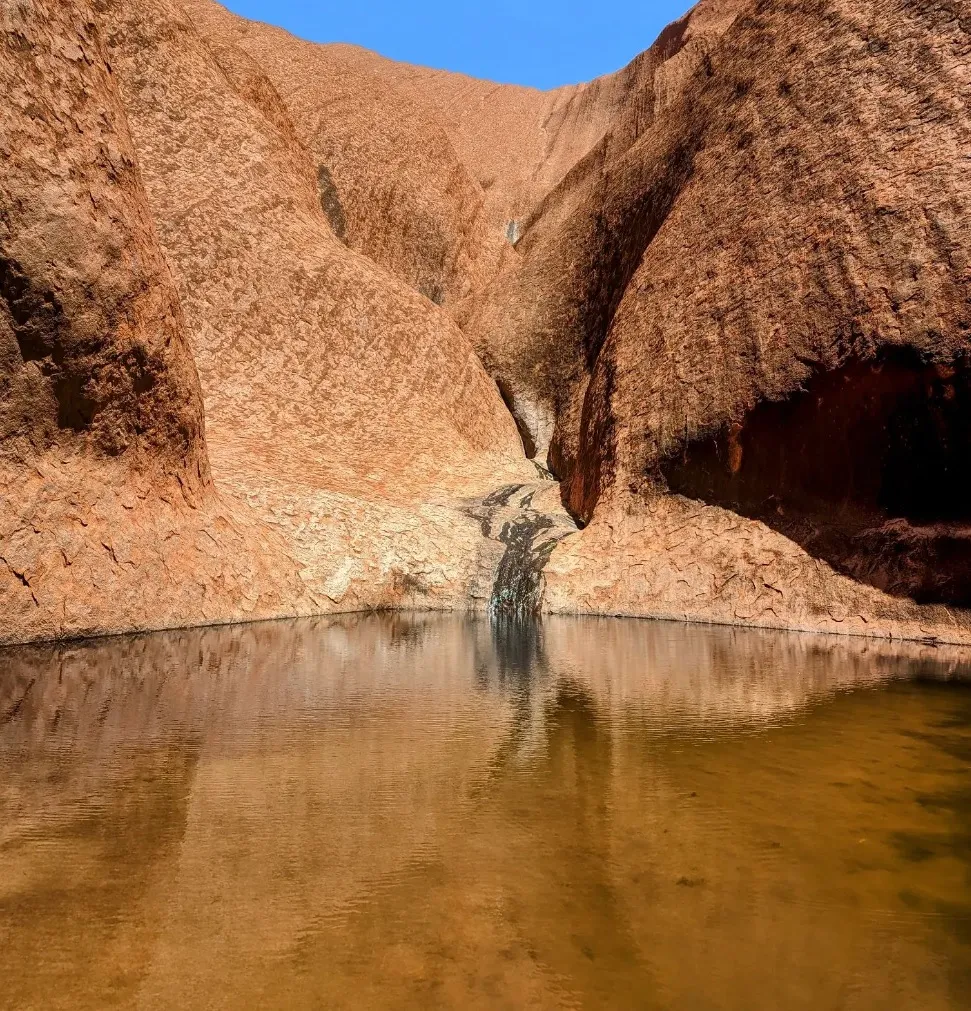
At its base lies Mutitjulu Waterhole, one of Uluru’s monolith most important sacred sites. The watering hole is not just an ordinary water source; it plays an integral role in Tjukurpa (Dreamtime) stories concerning land creation and cosmology. This location brings together past and present with ancient rock art depicting ancestral beings who shaped the landscape. The silence here contrasts sharply with the dry harshness nearby making it a haven for both wildlife and humans alike.
Protecting Mutitjulu Waterhole from Visitor Effects
Park management aims at keeping natural values such as those found at Mutitjulu Waterhole intact. To minimize visitor impact, boardwalks have been constructed to protect surrounding plant life while interpretive signage explicitly states expected behavior towards them. Through these means, both spiritual significance and environmental significance at the place is maintained so that it can always remain a source of awe for future generations.
Over and Above Uluru’s Rock
Biking around Uluru
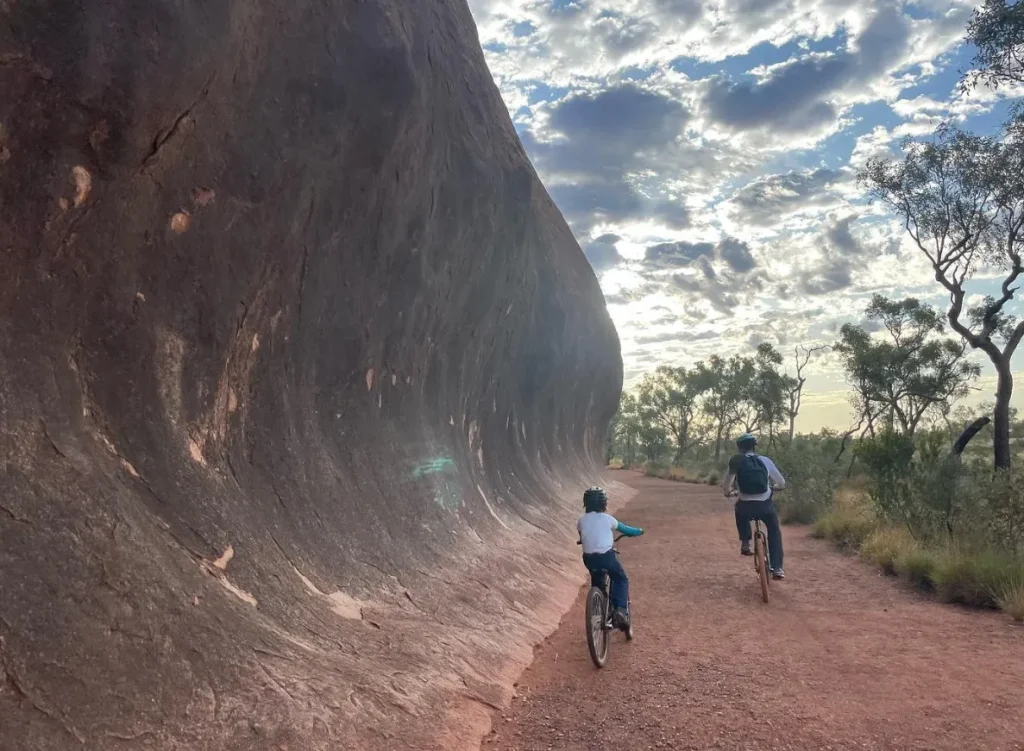
For those who wish to add liveliness towards their visit, there is an alternative to hiring bicycles. Cycling around Uluru gives one a different view of how big the desert land stretches and how majestic the rock appears to be. The marked bicycle tracks are well maintained which means that anyone who knows how to ride can have fun. Apart from this, riding on bicycles allows for personal contact with nature because one is able to pause as much as possible while moving along numerous interesting points.
Walking through Valley of the Winds in Kata Tjuta
Though many people come to see Uluru, there are also equally stunning but less crowded hiking opportunities found at nearby Kata Tjuta formations. The most notable one remains the Valley of the Winds track. It is difficult and hence rewarding trail offers great views of unique stone configurations and surrounding desert. With each gaze point, these changing perspectives make sure there isn’t any part where journeying wouldn’t be more important than arriving itself.
Walpa Gorge Walk
Another amazing experience is walking at Walpa Gorge. With a moderate incline, it’s suitable for all ages and fitness levels. The track also allows intimate encounters with the place, having diverse plant species that can survive in the gorge microclimate. The route is also good for bird watching since there are many indigenous species along the path.
Summary
Uluru is not just an incredible picture-perfect background; it is more of a highly religious place encompassing Aboriginal culture, natural history and breathtaking landscapes. From sacred Mutitjulu Waterhole to adrenaline mountain biking trails and beyond, Uluru doesn’t just allow its visitors to observe but to participate and respect this ancient land as well. Each walk, each story, each sunrise affords one a moment to reach out into the past and take forward some of the wisdom and beauty of this place.
Frequently Asked Questions (FAQs)
What is the best way to respect the cultural significance of Uluru while visiting?
The park management directives together with Anangu People guidelines should be followed in order to respect Uluru fully. By not climbing up on Uluru, going off paths during walks and listening carefully when cultural tours are being given by local guides.
Can I take photographs of the rock art at Uluru?
Yes photography is permitted in most parts of Uluru-Kata Tjuta National Park, however there are some restricted areas where taking photos may not be allowed because they relate closely to indigenous people’s beliefs about these sites. It’s always important to look out for signs or ask rangers if you’re unsure about any area.
What should I bring for a day trip to Uluru?
For a day trip at Uluru do not forget enough water, sunscreen lotion, hat, walking shoes that are comfortable plus snacks. Also note how unpredictable weather conditions get because from cold mornings it could turn extremely hot by noon.
How long does it take to walk around the base of Uluru?
The circumference of the Uluru base walk is approximately 10.6 kilometers and will usually take anywhere between three and four hours depending on your pace and how often you might want to stop for sightseeing or interpretation.
Are there facilities for visitors with disabilities at Uluru?
Uluru-Kata Tjuta National Park has several accessible facilities such as viewing platforms, walking tracks and cultural centre. The park management aims to provide services that are inclusive to all users in order for them to enjoy themselves while visiting the area.
